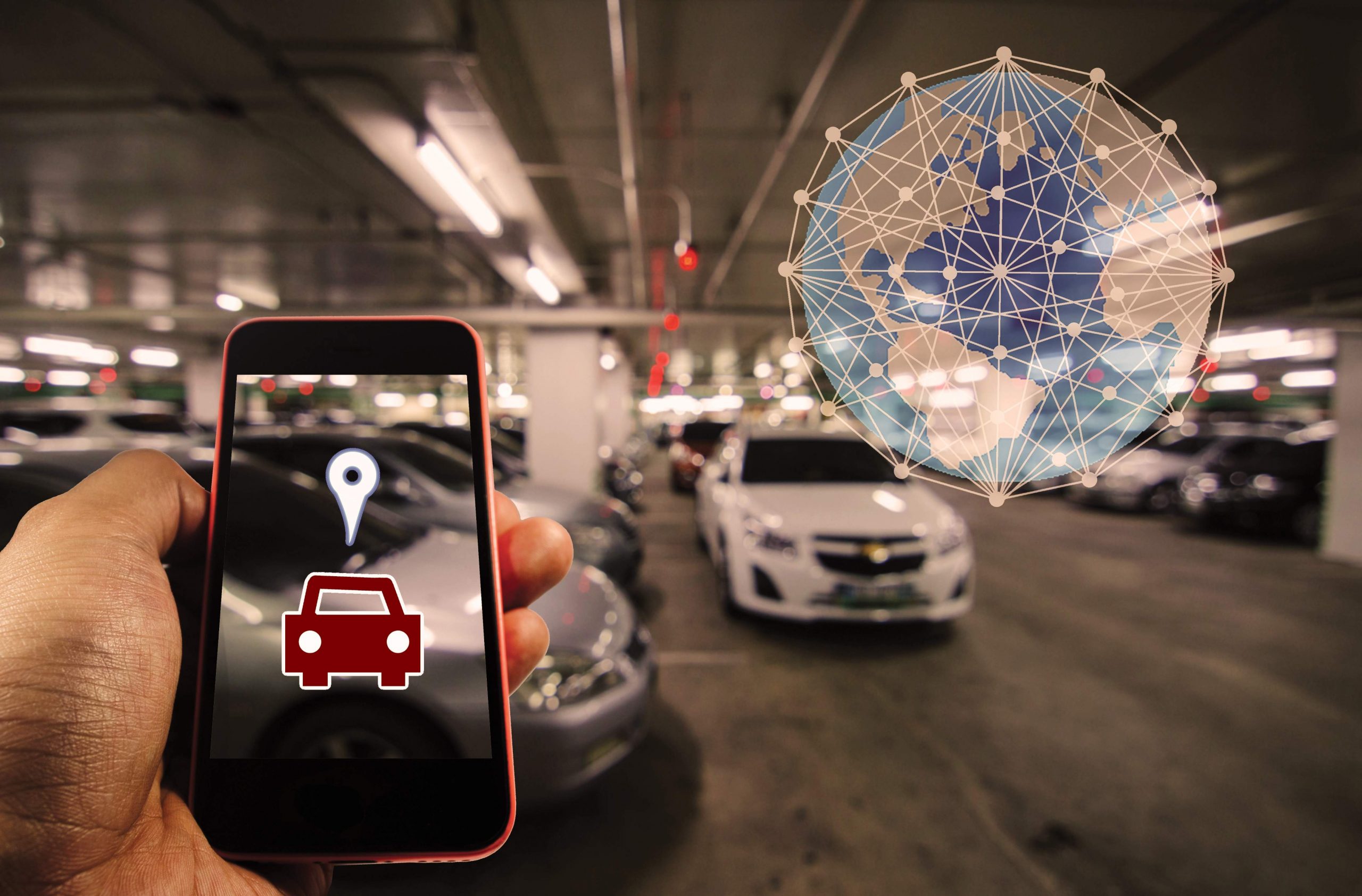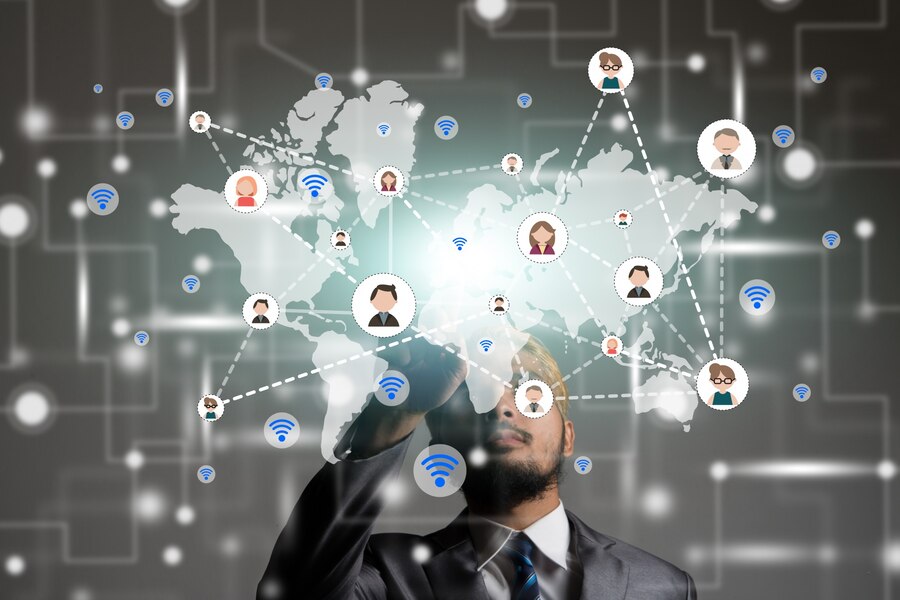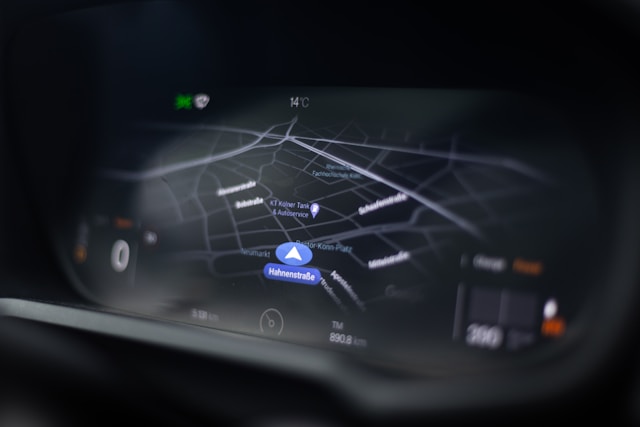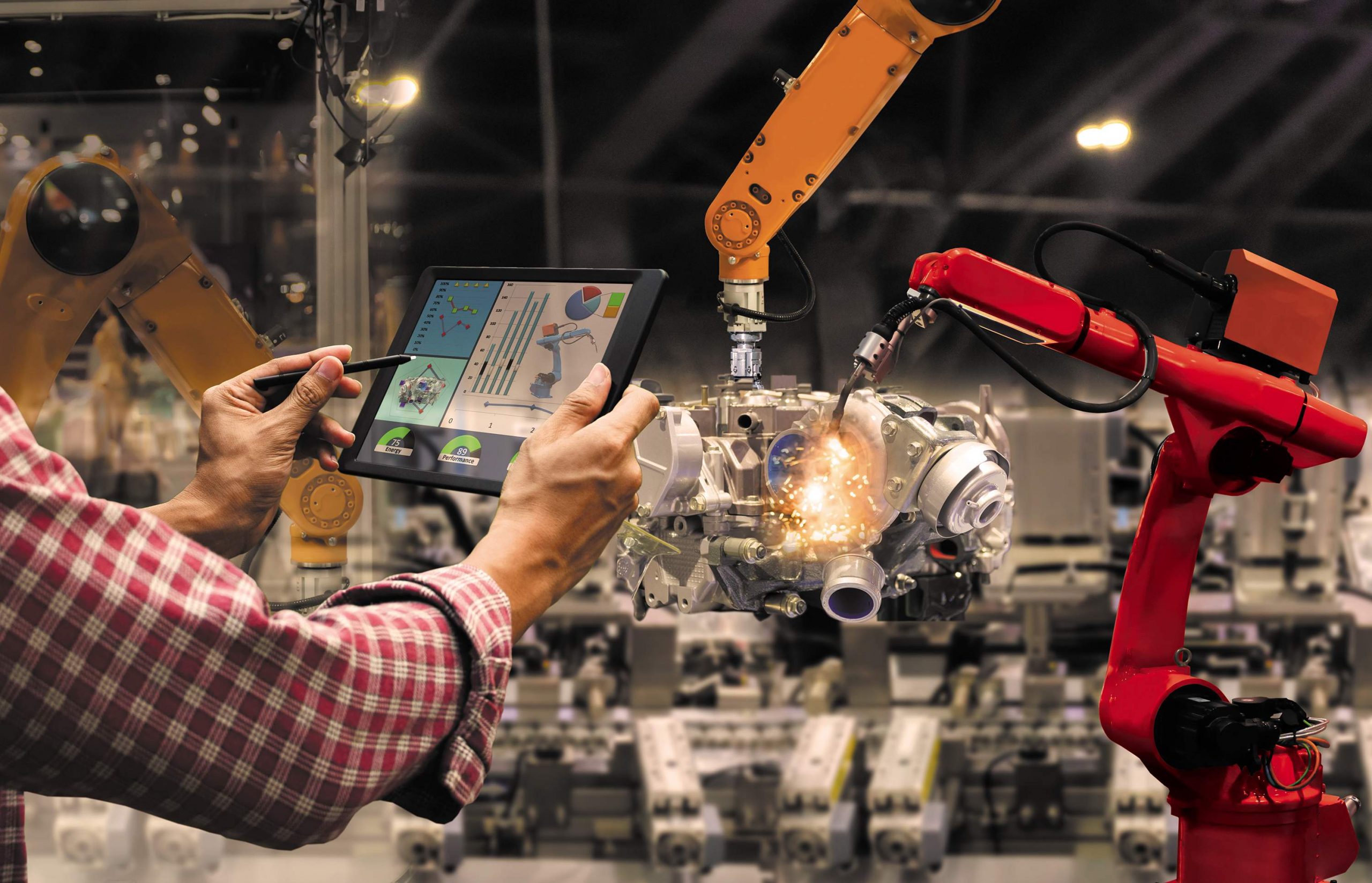Examples of IoT Applications in Real World
-
June 15, 2022
-
6 min read
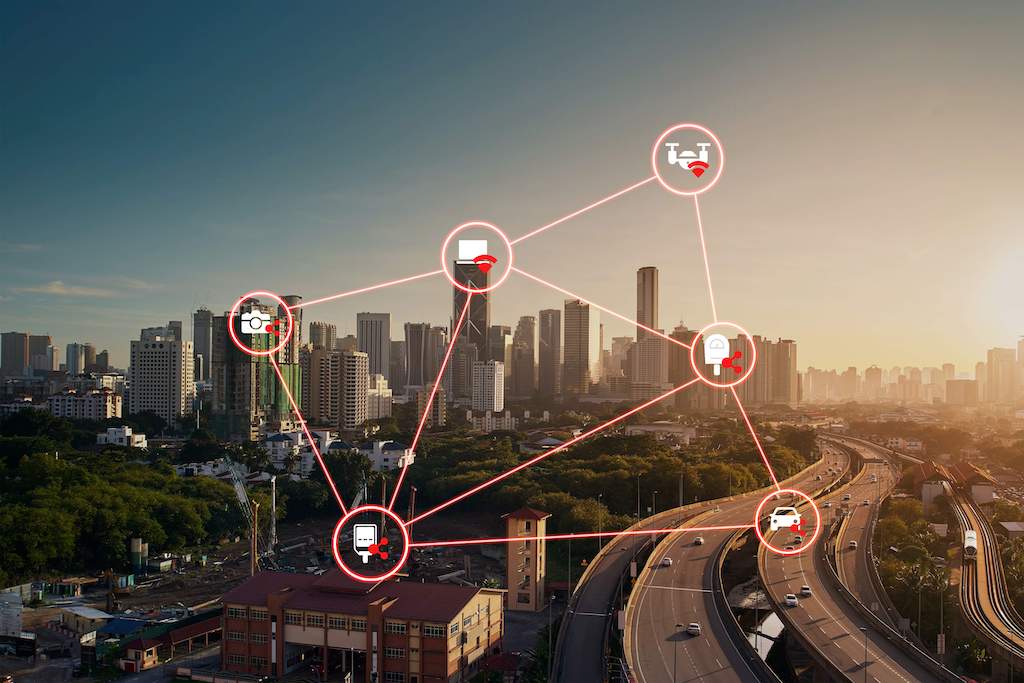
The Internet of Things (IoT) is a fantastic way to enhance our lives and make our houses more pleasant by developing Internet of Things apps that can be used in everyday life. Several companies, such as Airbiquity, manufacture cloud-connected pallets that transmit real-time data to mobile devices in real-time. During the production process, the axon sensor collects and analyzes crucial information. It can detect whether equipment is overheated or submerged in water, and it may assist farmers in avoiding expensive equipment failures. A variety of customized fertilizers may be developed, and sensors can ensure high-quality crop output.
Must Read: IoT in Agriculture – Enabling Smart Farming For Maximizing Productivity & Yield
Some examples of IoT applications in the real world are those used in the retail sector, to name a few. A barcode scanner at a shopping center scans merchandise and transmits the information to a host computer, which then displays the results. After that, the information is forwarded to a billing machine, and the consumer is provided a bill to complete the transaction. The Internet of Things ties all of these gadgets together, making our lives a little bit simpler as a result. A handful of these applications are discussed in the next section below.
The Retail Industry
Retail encompasses a wide variety of operations, from the creation of commodities through the distribution of those items to consumers. There are several Internet of Things (IoT) applications in retail, particularly in the supply chain management system. The Internet of Things has given businesses the power to take control of their supply chain for the first time ever.
To summarize, businesses may now check on their inventory levels and delivery progress from any location they want, regardless of their location. This includes being able to physically view their shipments on a map with the use of an app on their smartphone or tablet. All of this is completed remotely, with no need for staff to leave their desks or offices. This increases productivity while also improving the client experience.
Additionally, organizations may employ Internet of Things technology to control their supply chain in real-time, resulting in a reduction in delivery times.
Smart Home Applications
Smart homes are the most popular and sought-after Internet-of-Things (IoT) applications right now. Many homeowners are concerned about the rising cost of living as well as the monitoring of security systems. Smart houses can be accessible from a distance thanks to the Internet of Things (IoT), which makes home security management simpler. In the case of an Amazon Echo, it can play music for you while you are away, arrange a car from Uber, and check the temperature in your home. You may also communicate with Alexa, the virtual assistant included inside the Amazon Echo. A smart house may even aid in the cost-cutting efforts of a firm. If you want to enhance your revenues, you may want to consider investing in smart home technology.
Healthcare Industry
Medical data from an individual’s activity trackers, heart rate monitor, and blood sugar monitoring are nowadays linked along with data acquired from their doctor’s office using Internet of Things apps. The information is then used to create a more complete picture of a person’s overall health. The ability to follow patients more closely will help physicians to provide improved healthcare services as a result of this development. A patient’s medical history, including doctor visits and test results, is kept on file with the use of technology as well as other methods.
Intelligent Transportation System
The Internet of Things (IoT) has countless applications in real life, and these applications are continually growing. For example, smart traffic systems that learn from the traffic patterns in their immediate surroundings and then broadcast that knowledge to other cities are among the most widely used today. Vehicles may get real-time orders from a traffic management system, which can evaluate data collected, calculate routes around a project, and communicate with other drivers.
A smart city may even notify city schools and employers in the vicinity of the building site to change their timetables as a result of the development. The data is analyzed by the Traffic Management System, which then creates a tailored route around the project. Drivers may also get real-time instructions from the system. There are a number of real-world examples of Internet of Things applications accessible. They have the potential to enhance public safety, public transit, and the overall quality of life in cities all around the globe, among other things.
Related Post: How To Setup A Smarter Asset Tracking System For Your Business?
Smart Neighborhood
As the Internet of Things (IoT) becomes more prevalent in our everyday lives, we will be able to benefit from smarter cities. Because of the increasing population, cities will become smarter, delivering more information to the public and increasing the efficiency of rubbish collection and disposal. As we continue to build Internet of Things applications for our homes and workplaces, we will witness an increase in the number of IoT applications. The options are almost endless! You may create your own smart city, a linked city, or an automated network of sensors that can be used to keep track of everything in your neighborhood.
For example, there are several advantages to having a smart house equipped with the Internet of Things (IoT). It may be used to operate various devices such as lights, sensors, microphones, and other similar devices. By connecting these objects to the Internet, it is possible to get valuable insights and enhance the quality of life for people living in poor nations. For example, a smart power grid can evaluate data and send out alerts to local officials when there is a power failure. A smart stove, in a similar vein, may transmit information to municipal employees and schools.
In Conclusion:
The Internet of Things (IoT) is being used in daily life. The following are a few real-world examples of Internet of Things (IoT) applications. The Internet of Things is being used in a variety of different businesses. For example, the automotive sector is using Internet of Things technologies to develop a more fuel-efficient automobile. In a similar vein, farmers are using Internet of Things technologies to increase their productivity and efficiency. A smart house can help optimize the temperature of food in crops, reducing the likelihood of food spoilage and waste.
 Share
Share

